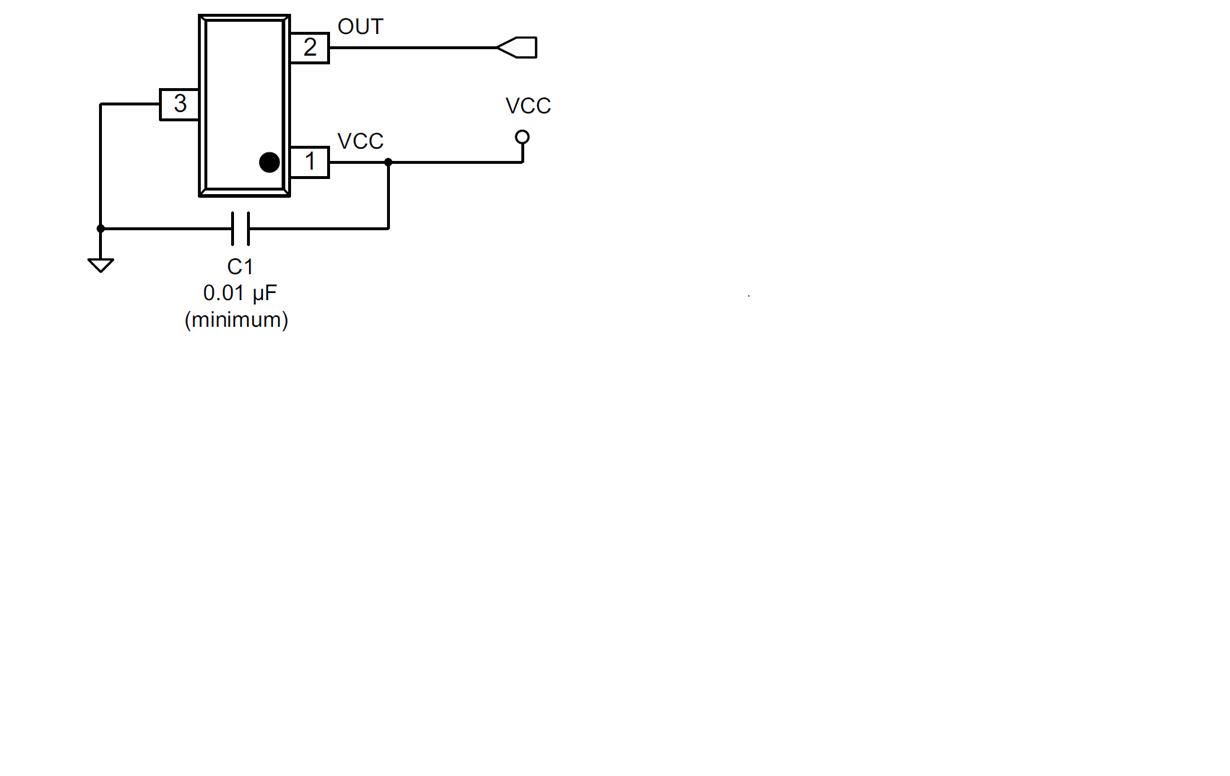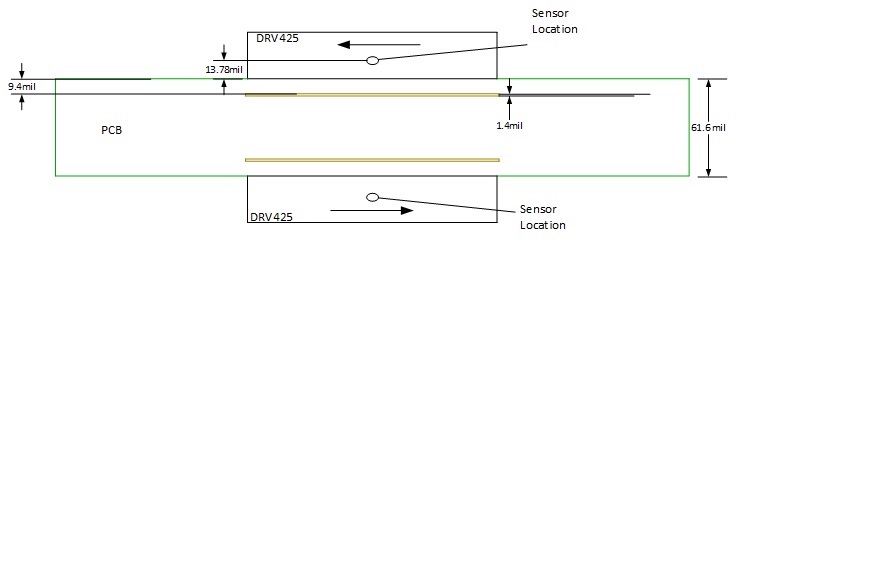Other Parts Discussed in Thread: DRV425
Hi TI,
I'm using DRV5053 hall effect sensor to measure the AC current flowing through a wire which is of nearly 6A,
But my problem here is as mentioned in Datasheet if DRV5053 im not getiing ac voltage as output im getiing DC voltage as my output for basic connection please find the attachment for the circuit.



